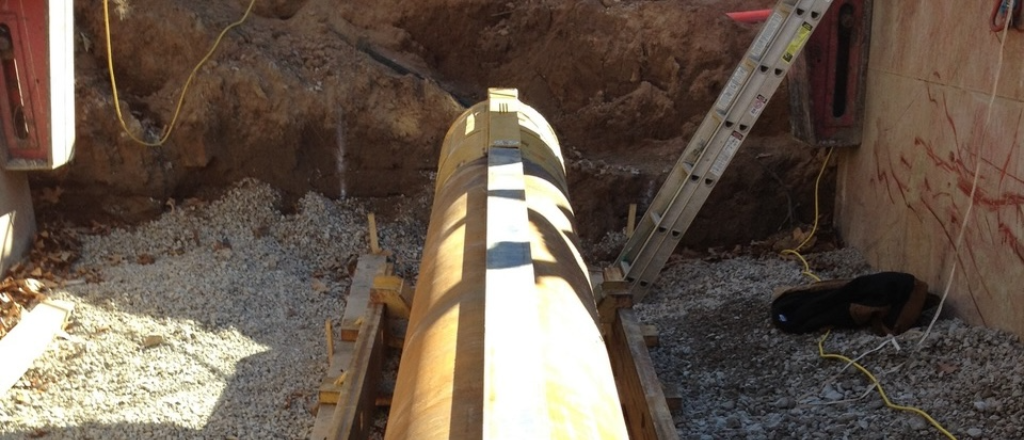Can I use a 24 in casing to bore a 600 ft or longer horizontal crossing?

Understanding the Basics of Horizontal Drilling
Horizontal drilling is a technique used in the construction and oil and gas industries to create long, horizontal paths underground. This method is particularly useful for installing pipelines, cables, and conduits beneath obstacles like rivers, buildings, and protected areas without disturbing the surface.
The use of a 24-inch casing in horizontal drilling is determined by several factors, including the geology of the area, the length of the crossing, the type of material to be transported, and environmental considerations.
Key Considerations for Long Horizontal Crossings
When planning a horizontal crossing of 600 feet or more, several technical and environmental factors must be considered to ensure the success and safety of the project.
- Soil and Geological Conditions: The type of soil and rock formations in the drilling area can significantly affect the choice of casing size. Harder rock formations may require stronger and more durable casing.
- Length and Depth of the Crossing: Longer crossings require more robust planning and potentially larger casings to withstand the pressure and stress over the distance.
- Pipeline Material and Contents: The type of material being transported and the properties of the pipeline itself can influence casing size.
- Environmental Impact: Consideration of the environmental impact, including disruption to ecosystems and water bodies, is crucial.
- Regulatory Compliance: Adherence to local and federal regulations governing underground construction and environmental protection is mandatory.
- Cost Considerations: Larger casings can be more expensive, so budget constraints may impact the decision.
The choice of a 24-inch casing for a horizontal crossing of 600 feet or longer is generally guided by these factors. An analysis of the project's specific needs and constraints is essential.
Advantages and Challenges of a 24-Inch Casing
Using a 24-inch casing in horizontal drilling offers certain advantages but also comes with its own set of challenges.
-
Advantages:
- Greater capacity for material transport.
- Improved structural integrity over long distances.
- Potential for fewer maintenance issues due to robust construction.
-
Challenges:
- Higher costs associated with larger casings.
- Increased complexity in installation, especially in challenging geological conditions.
- Potential for greater environmental impact during installation.
It's important to weigh these advantages and challenges carefully, in conjunction with a detailed analysis of the project's requirements and constraints.